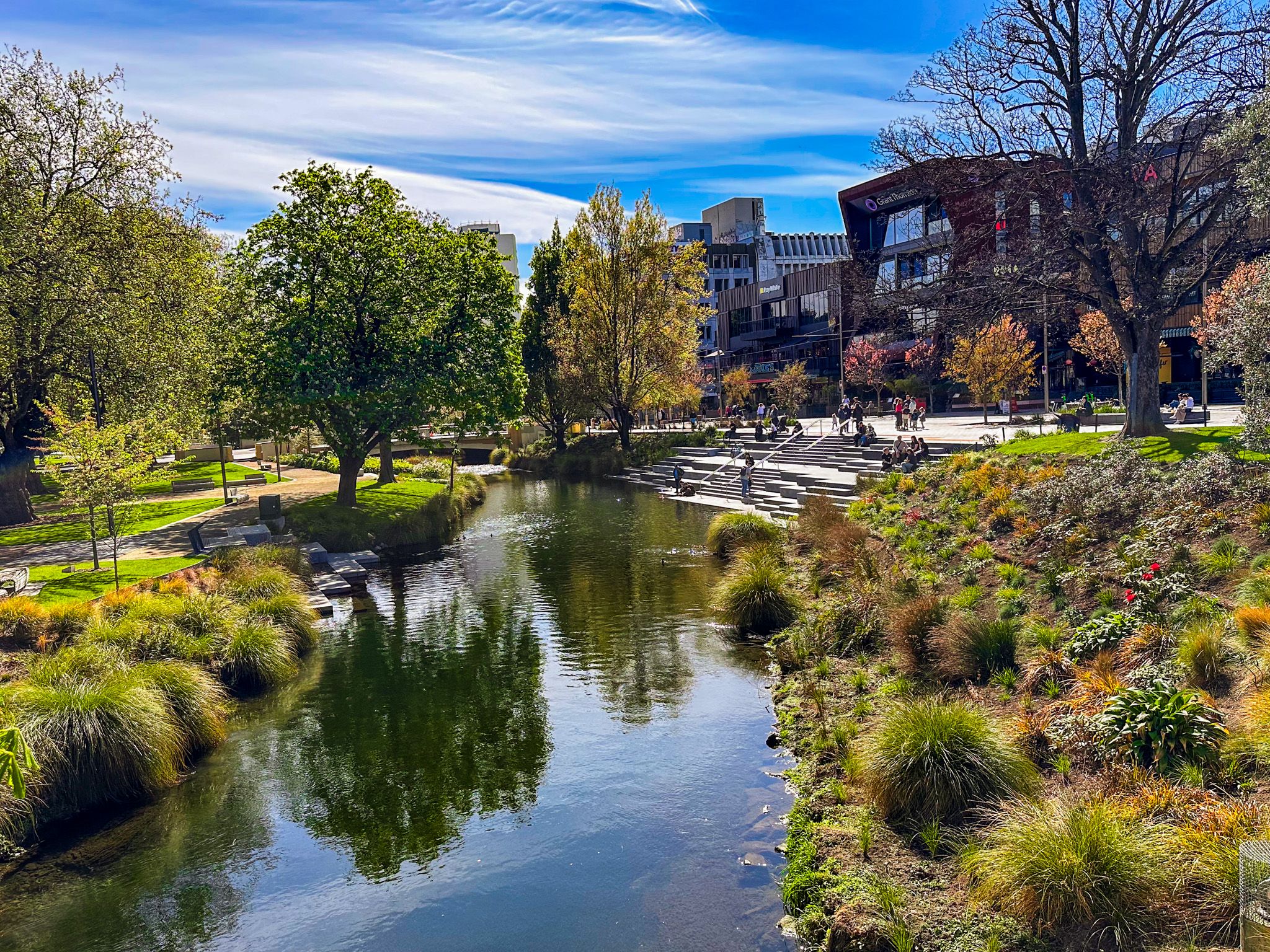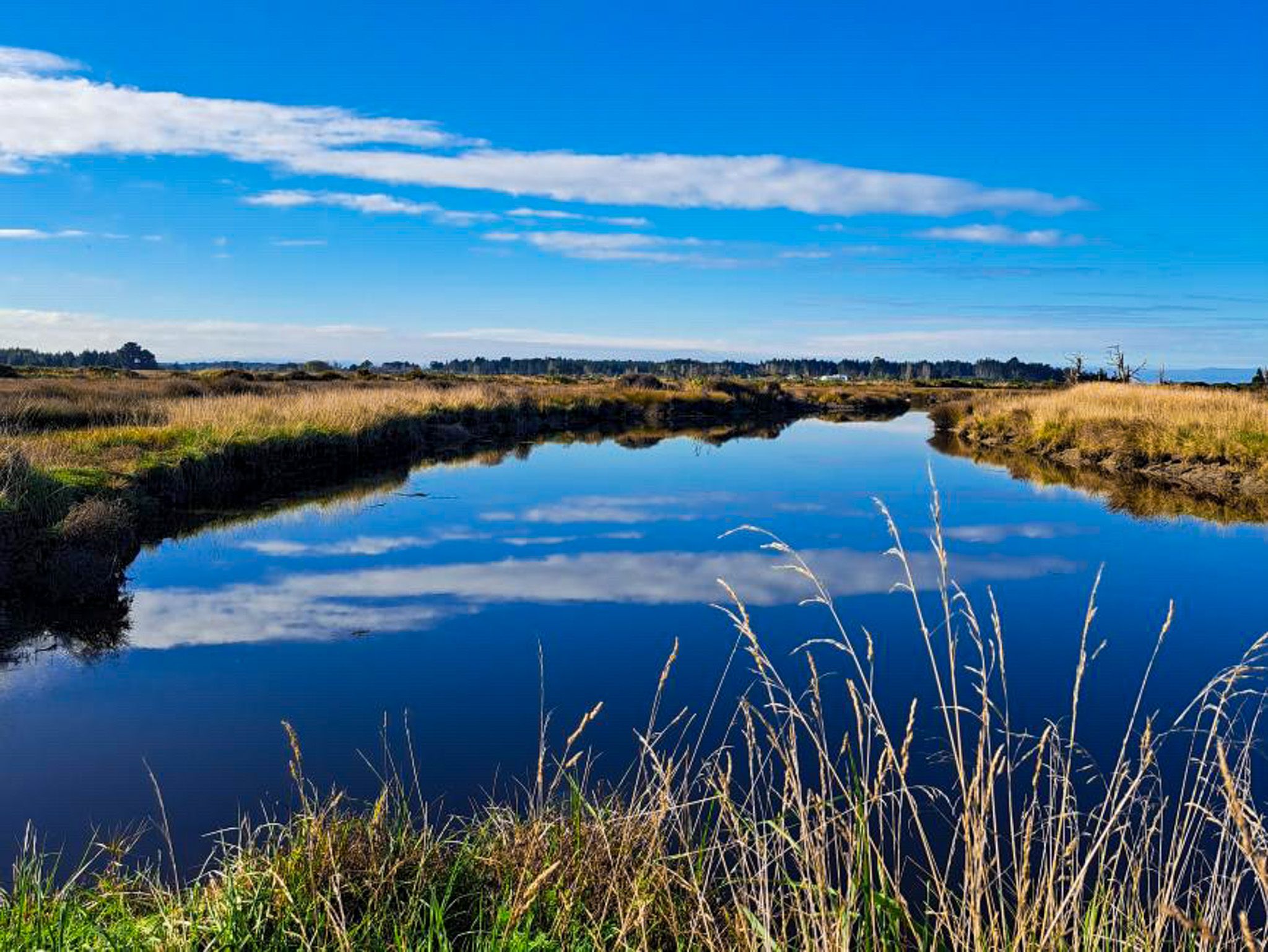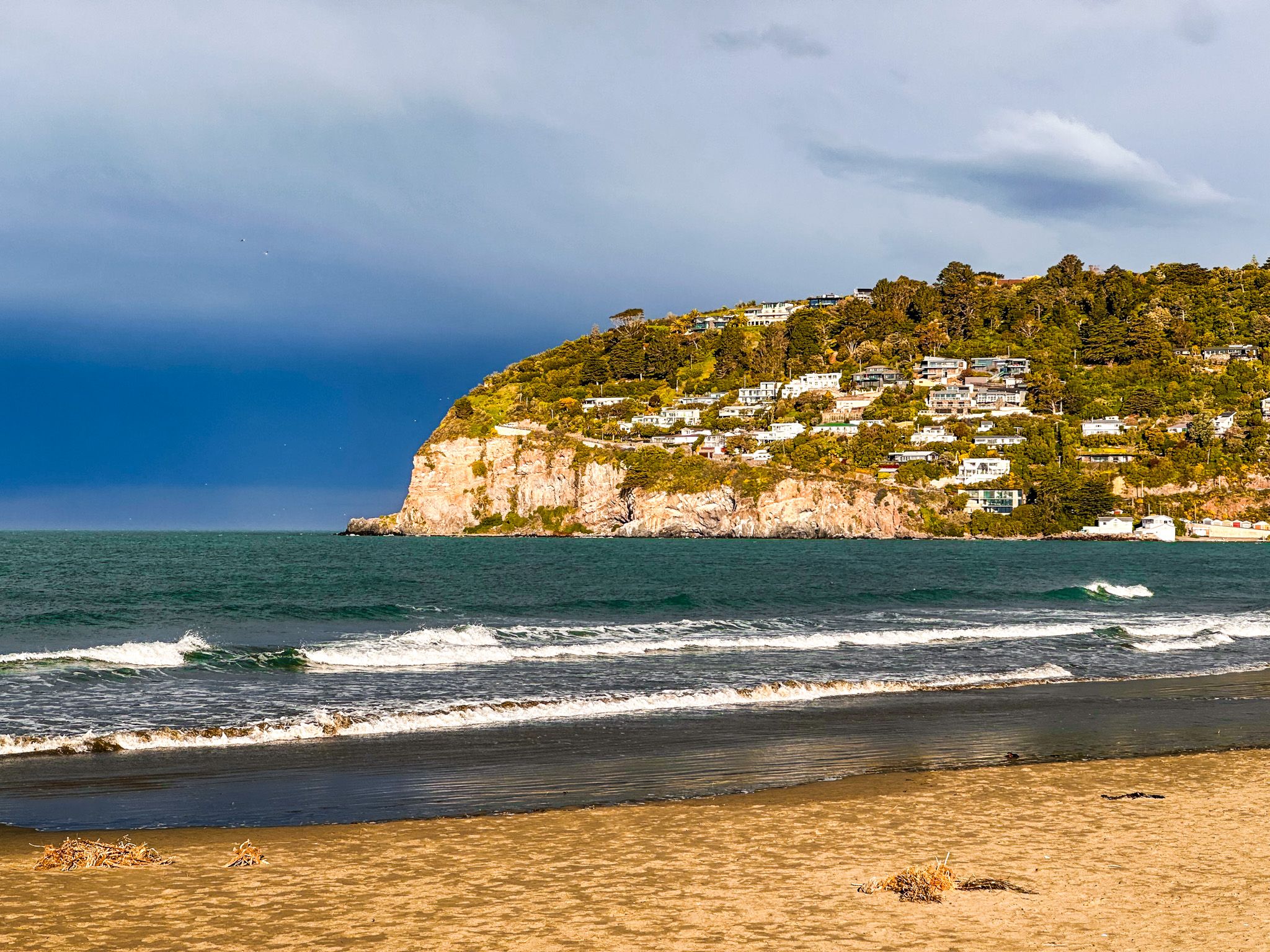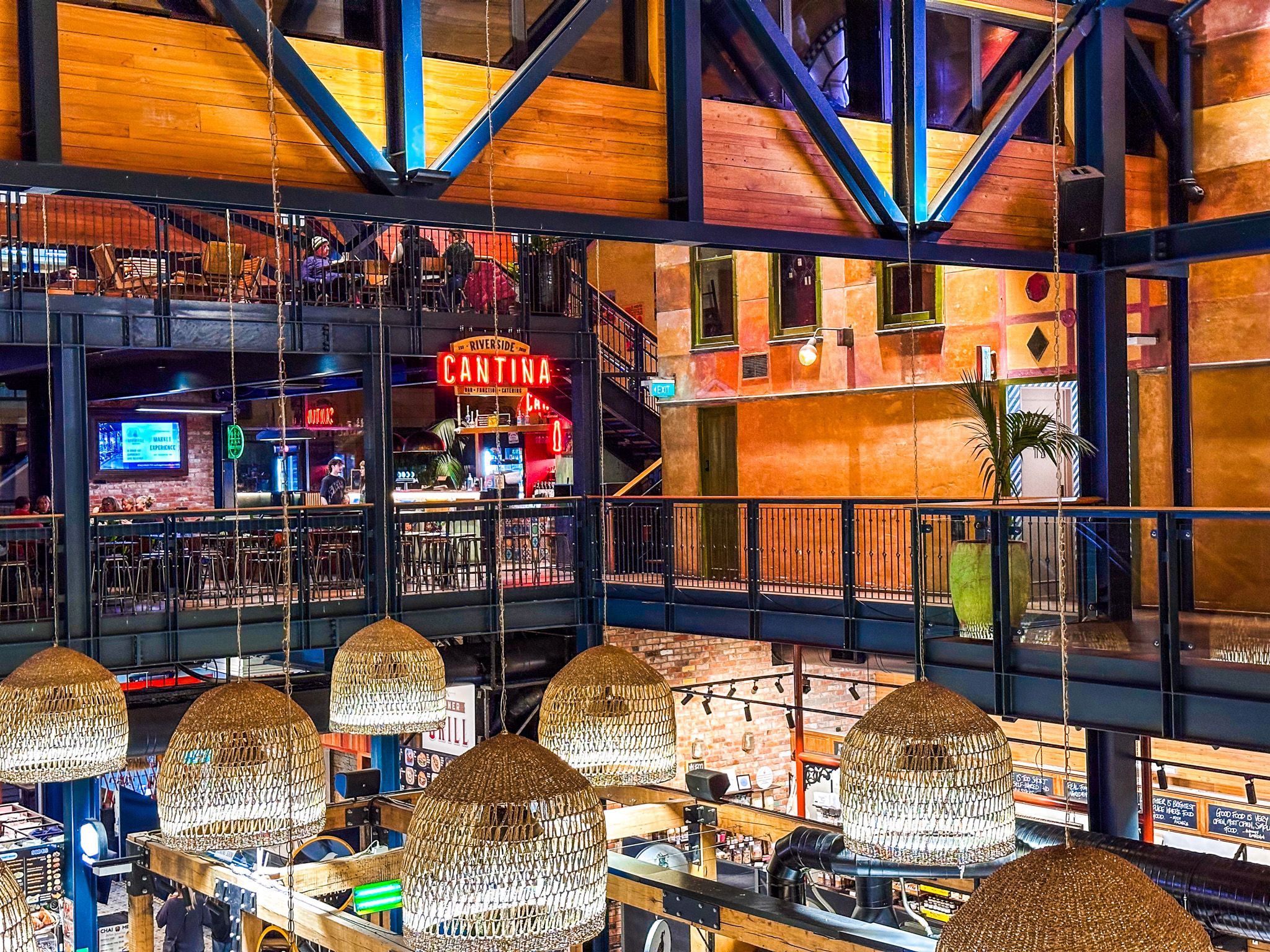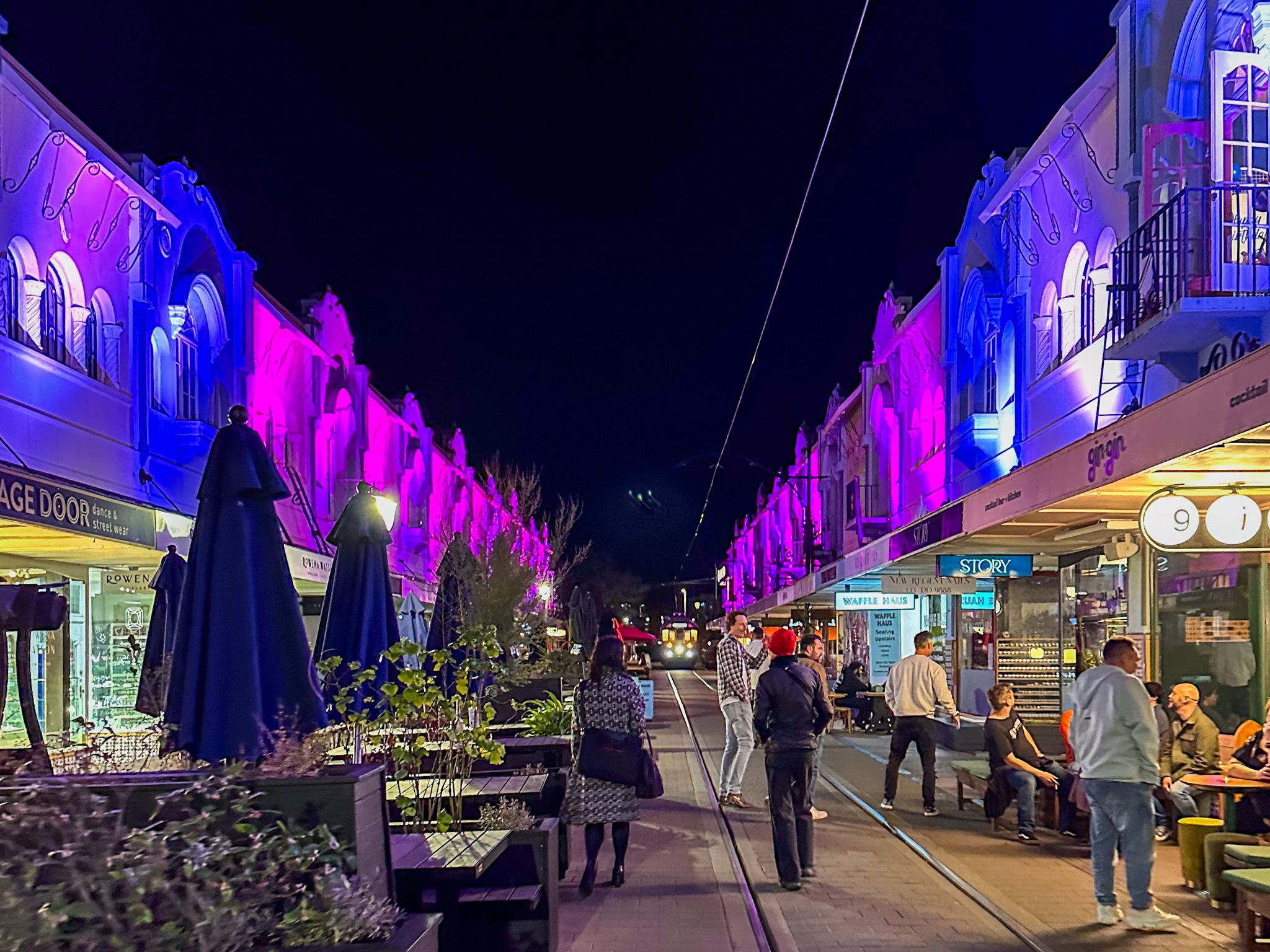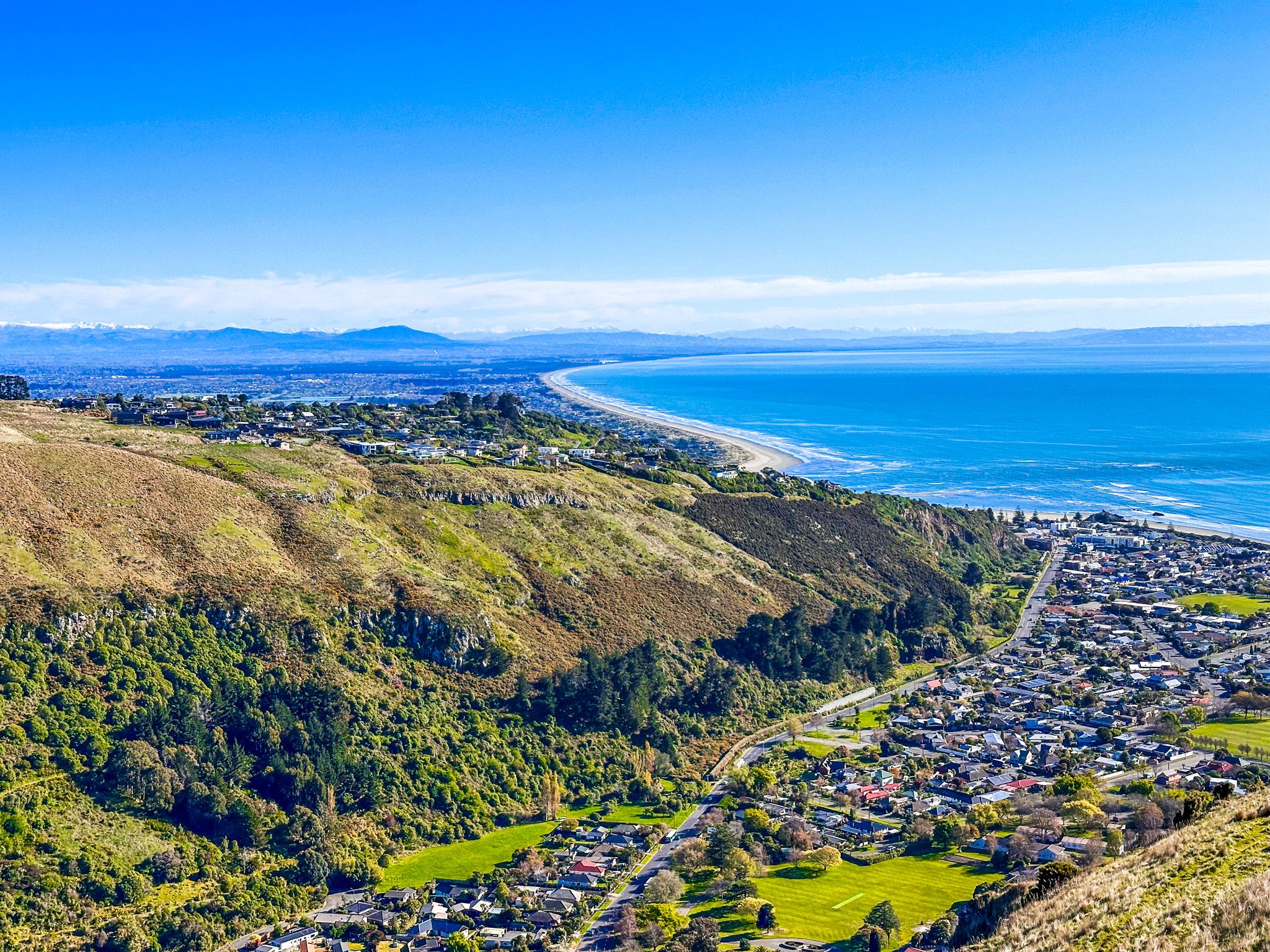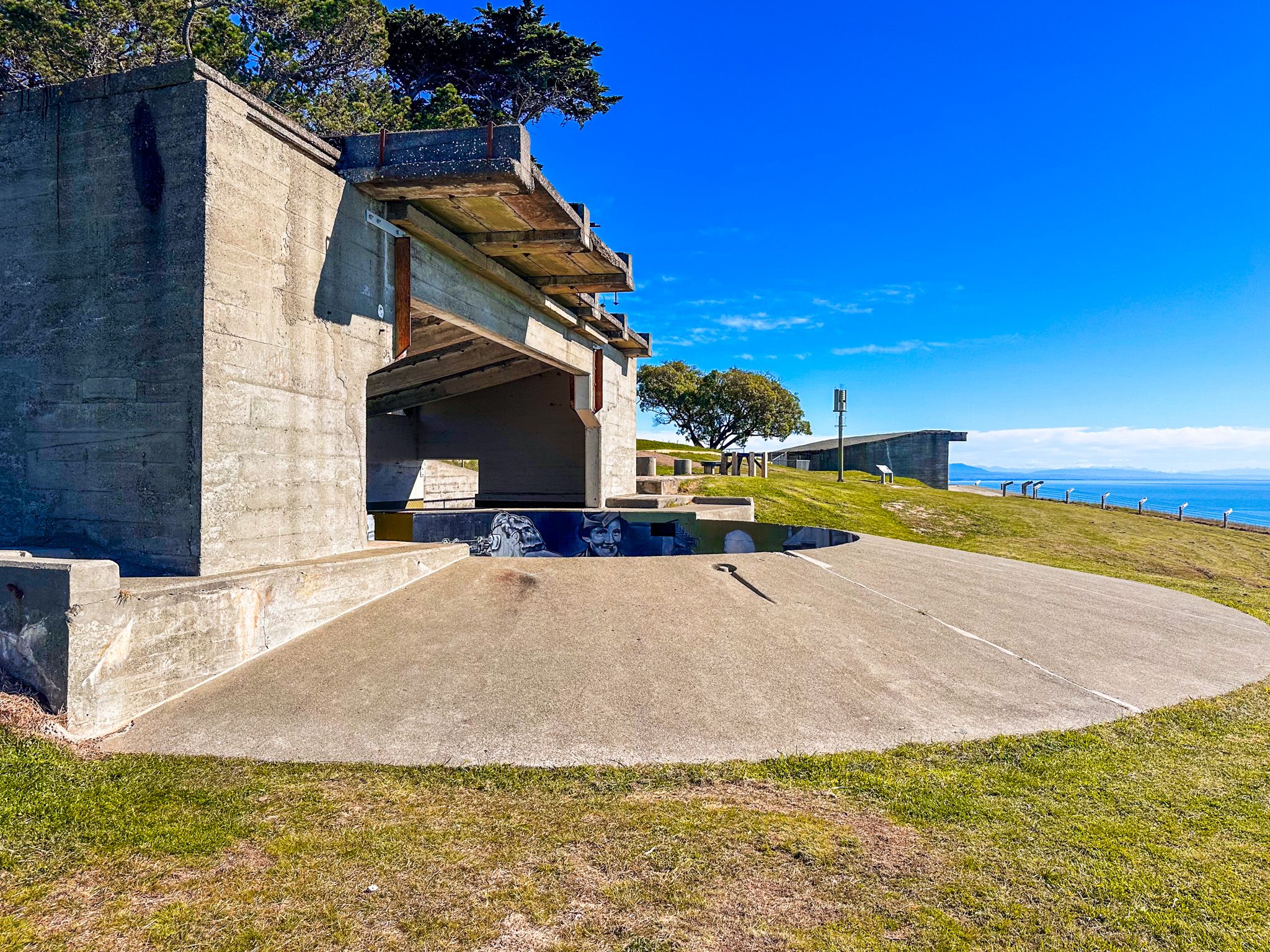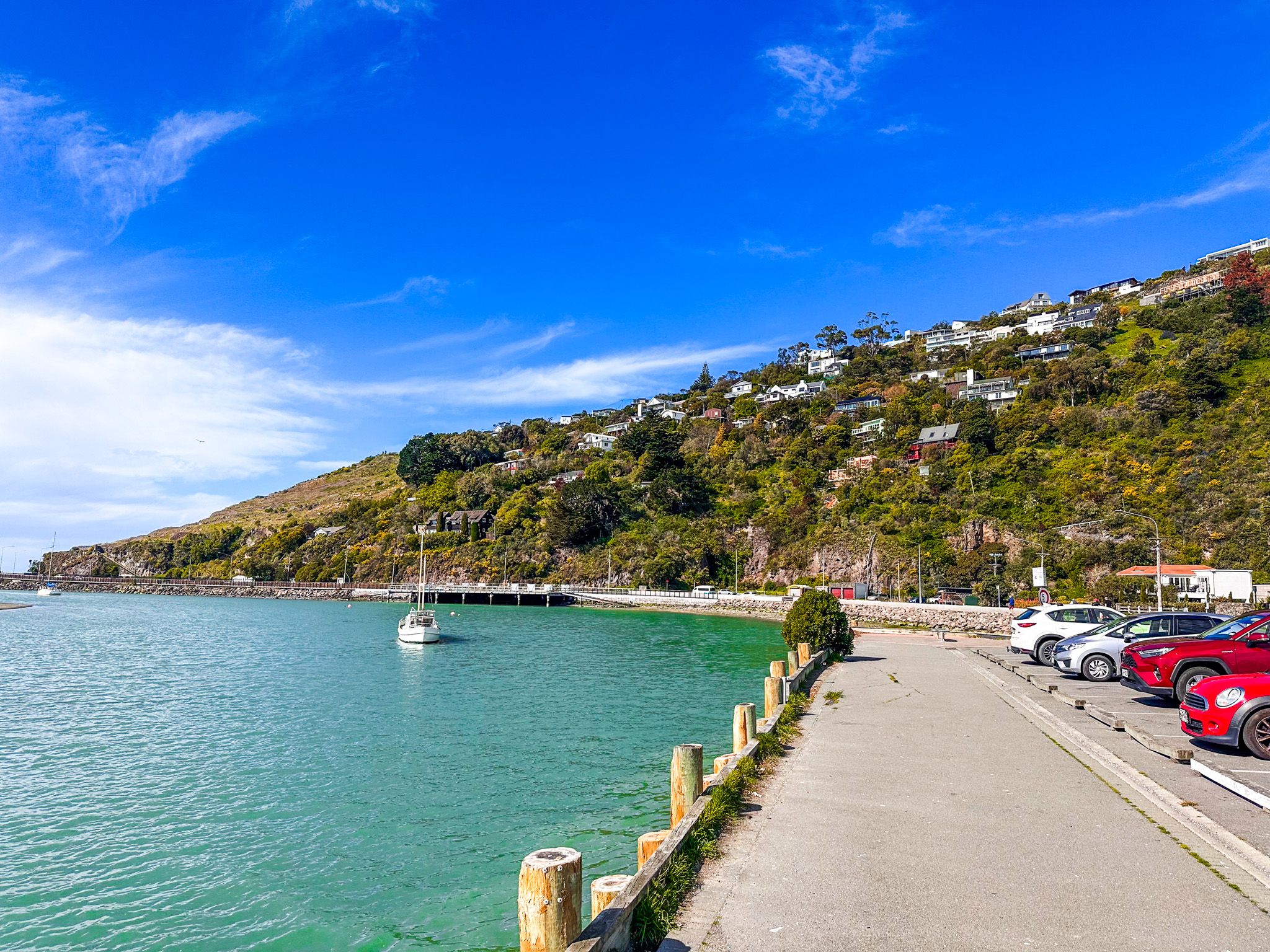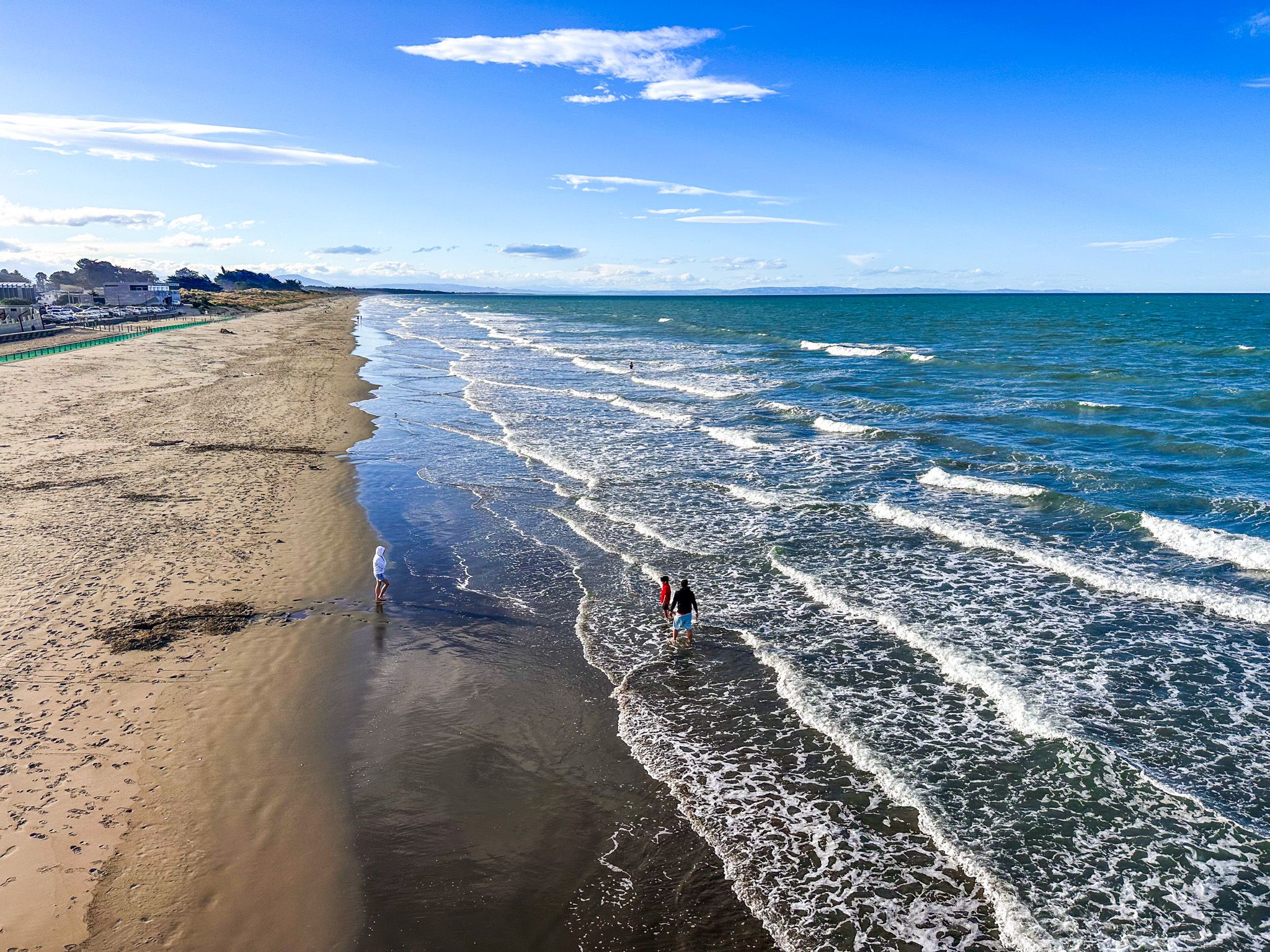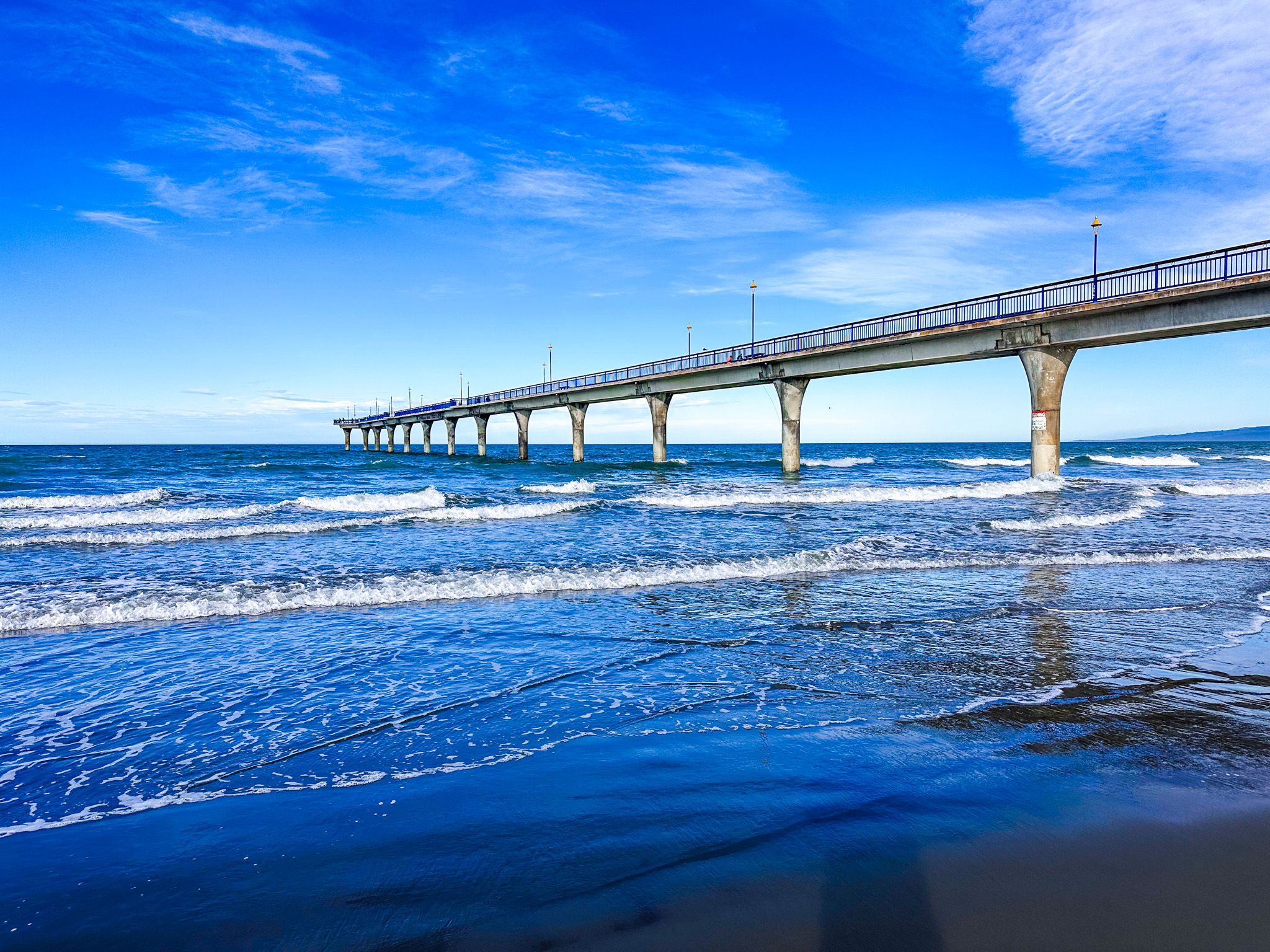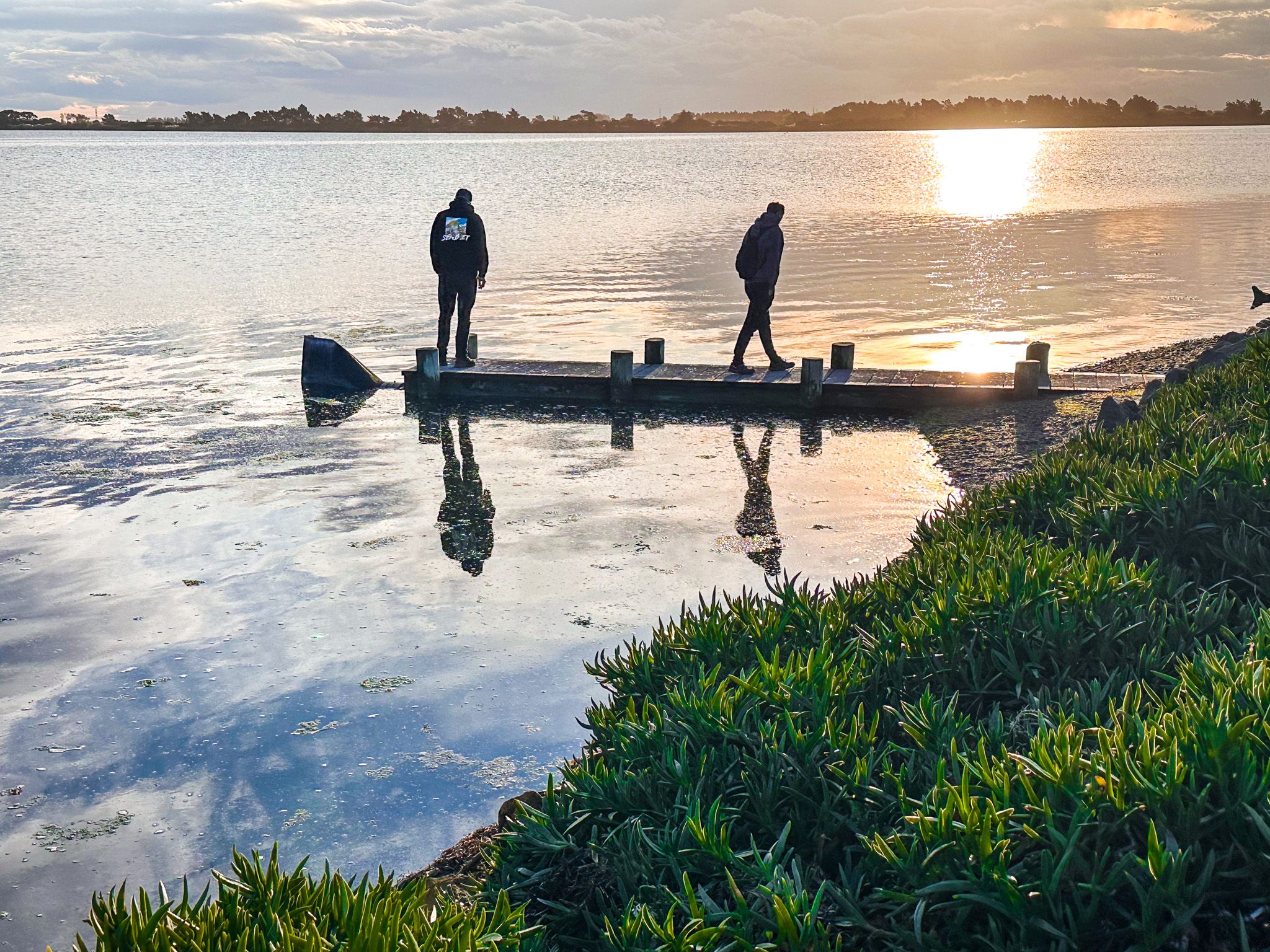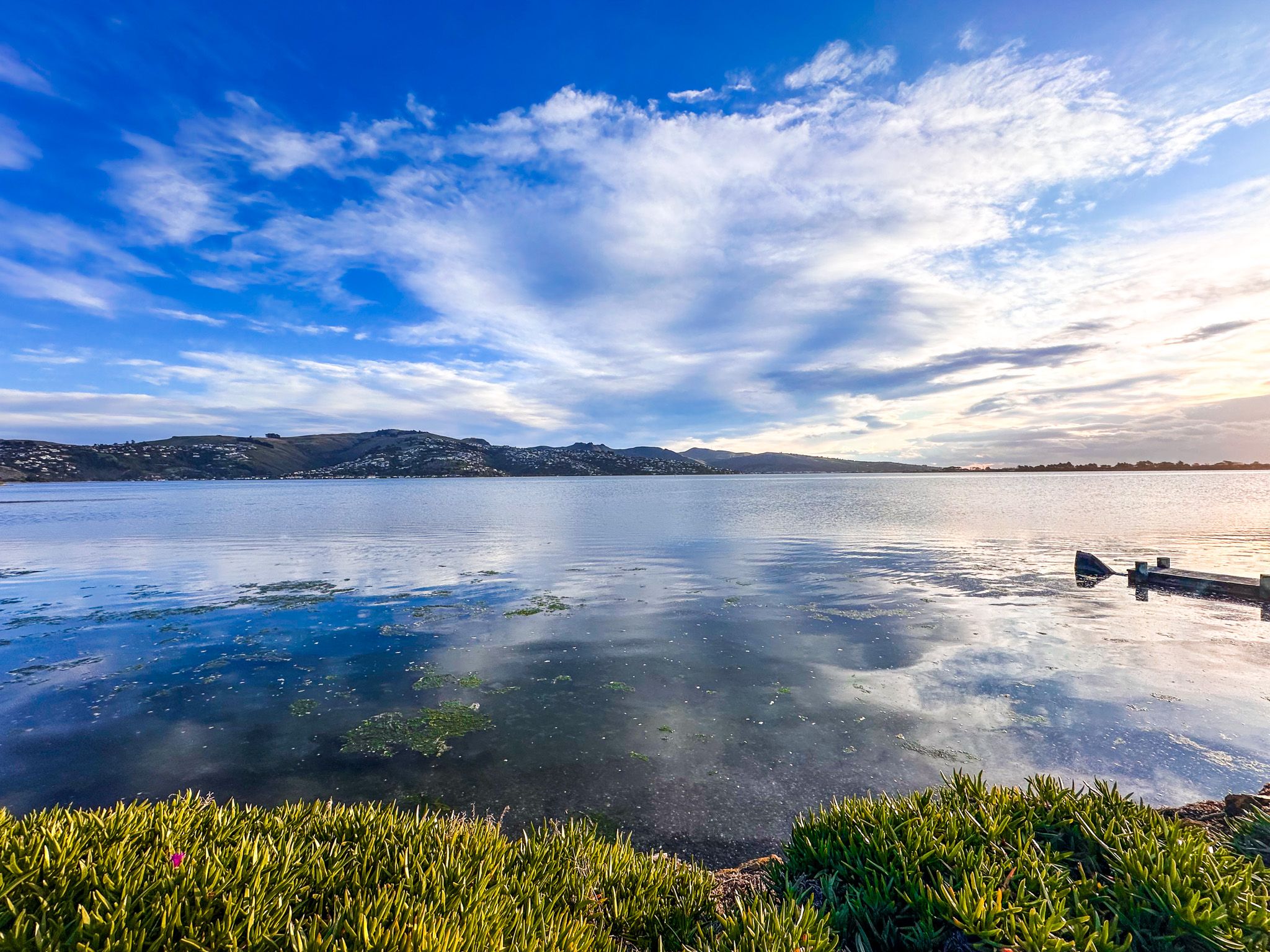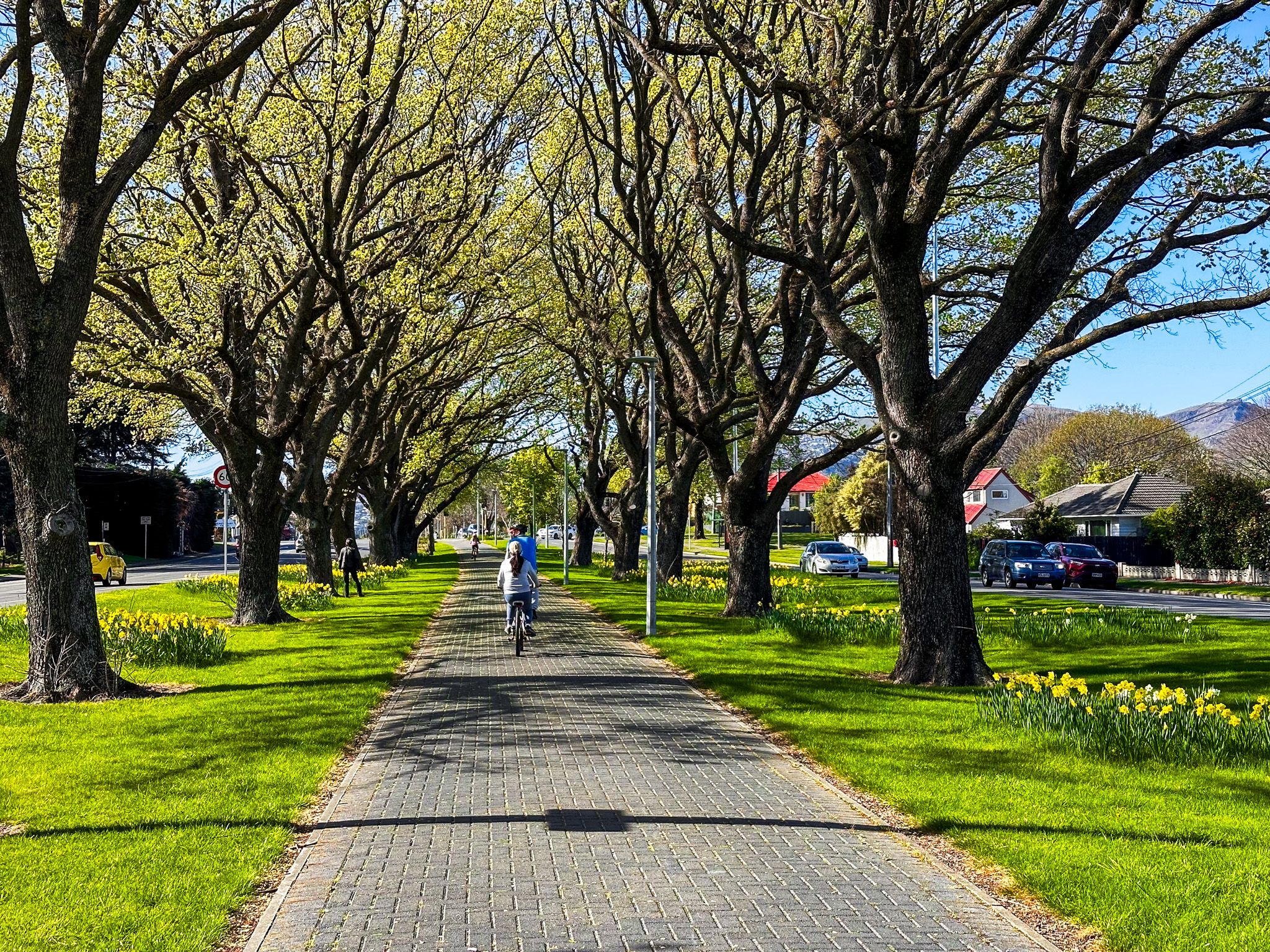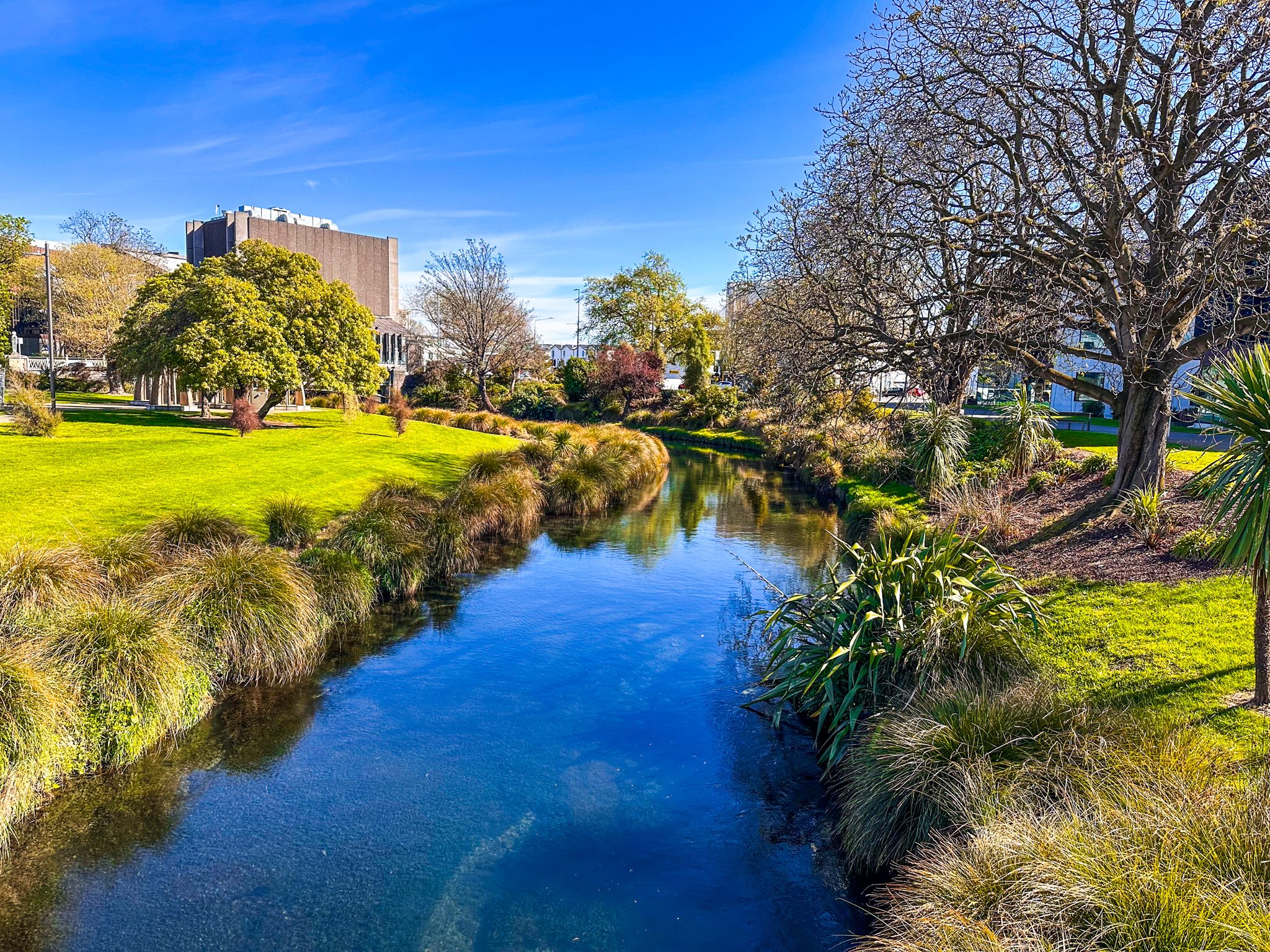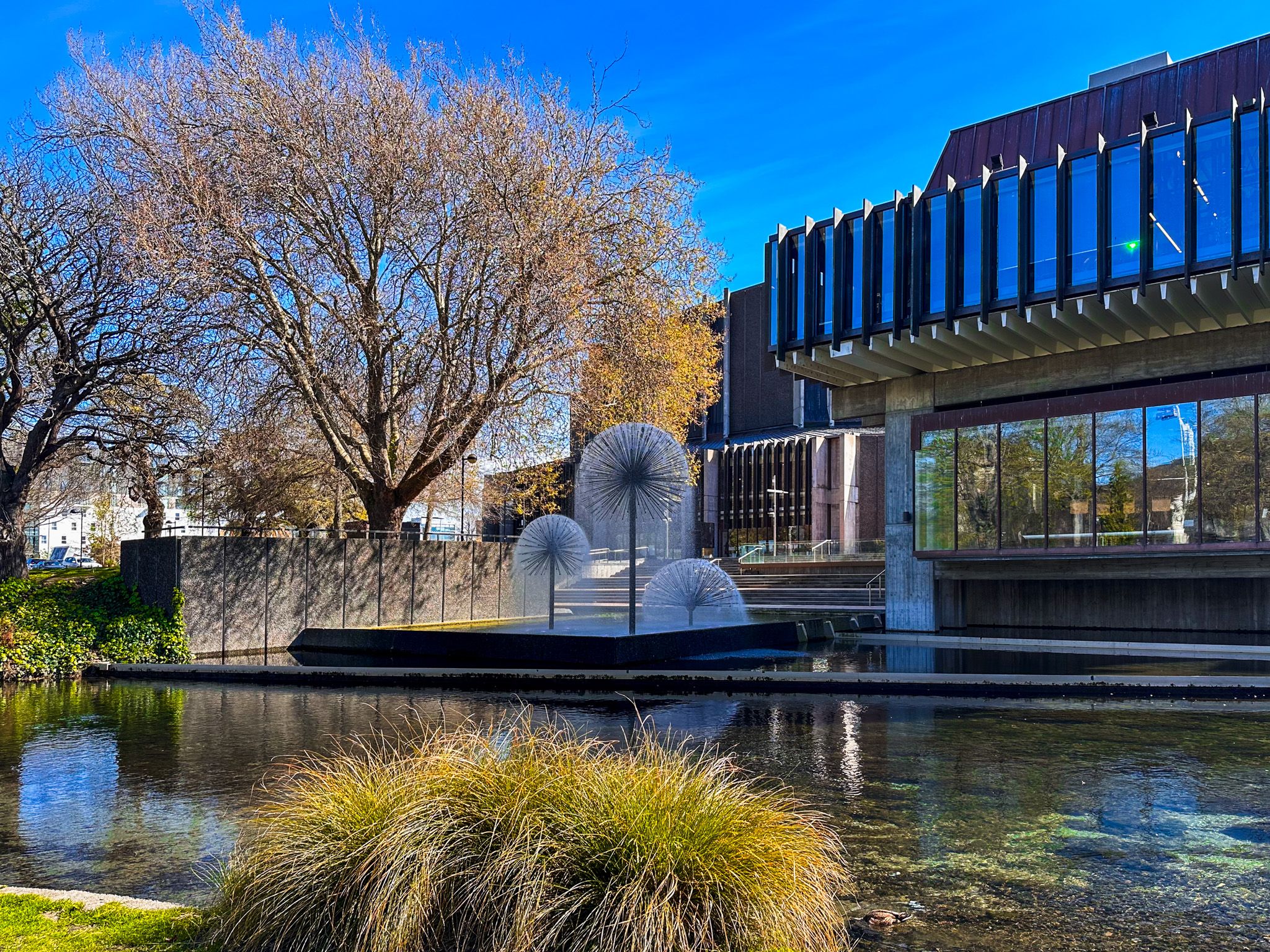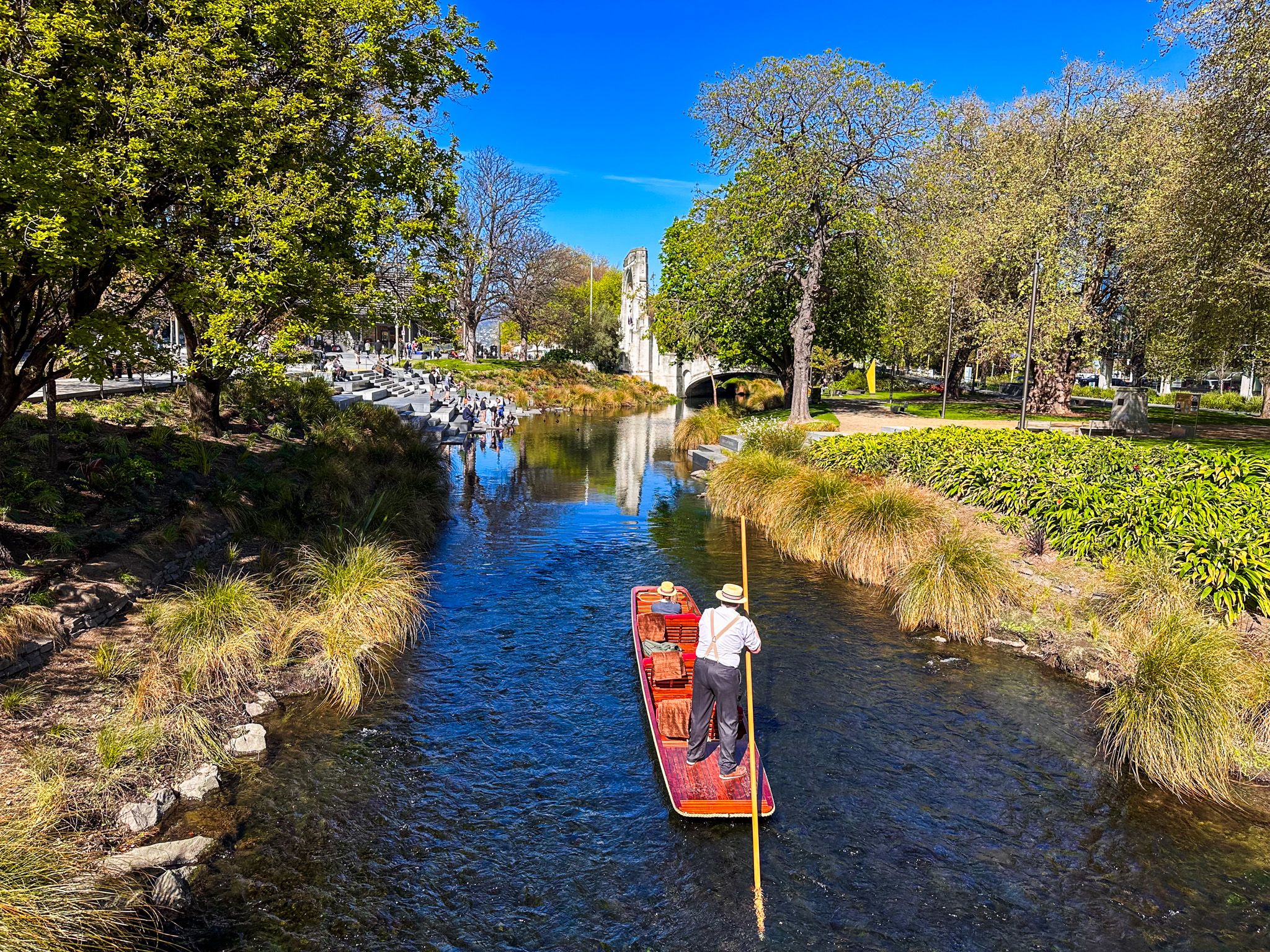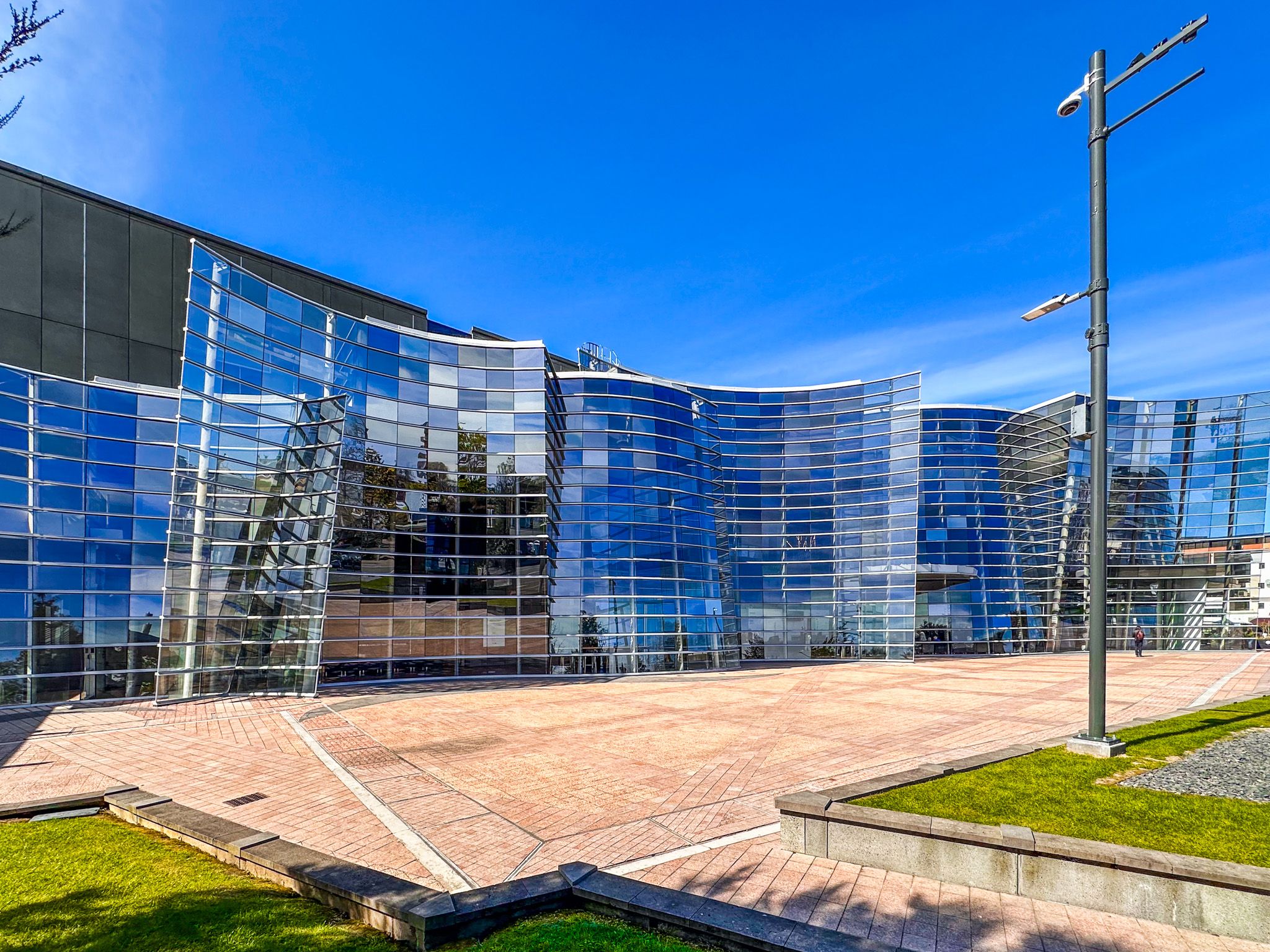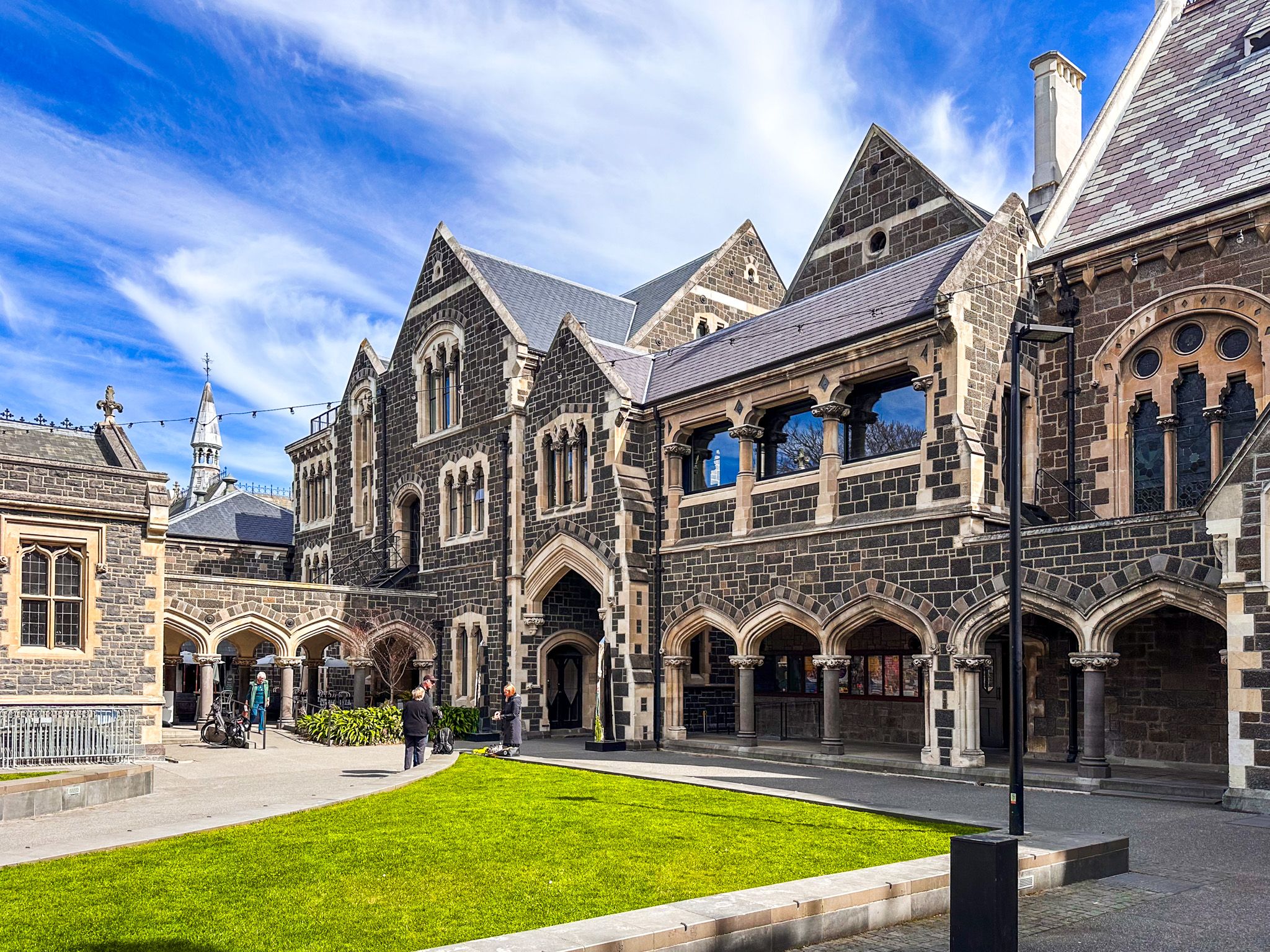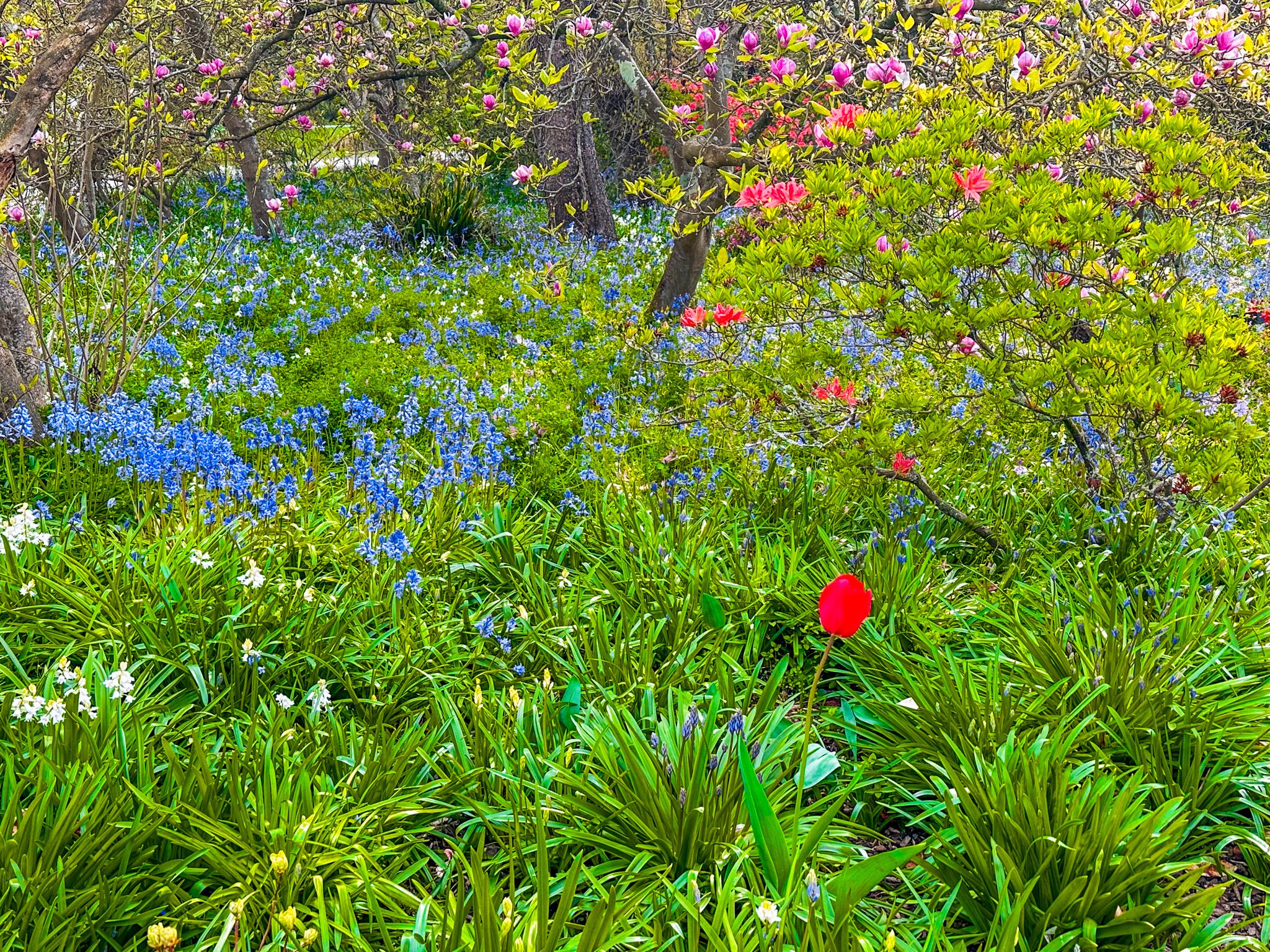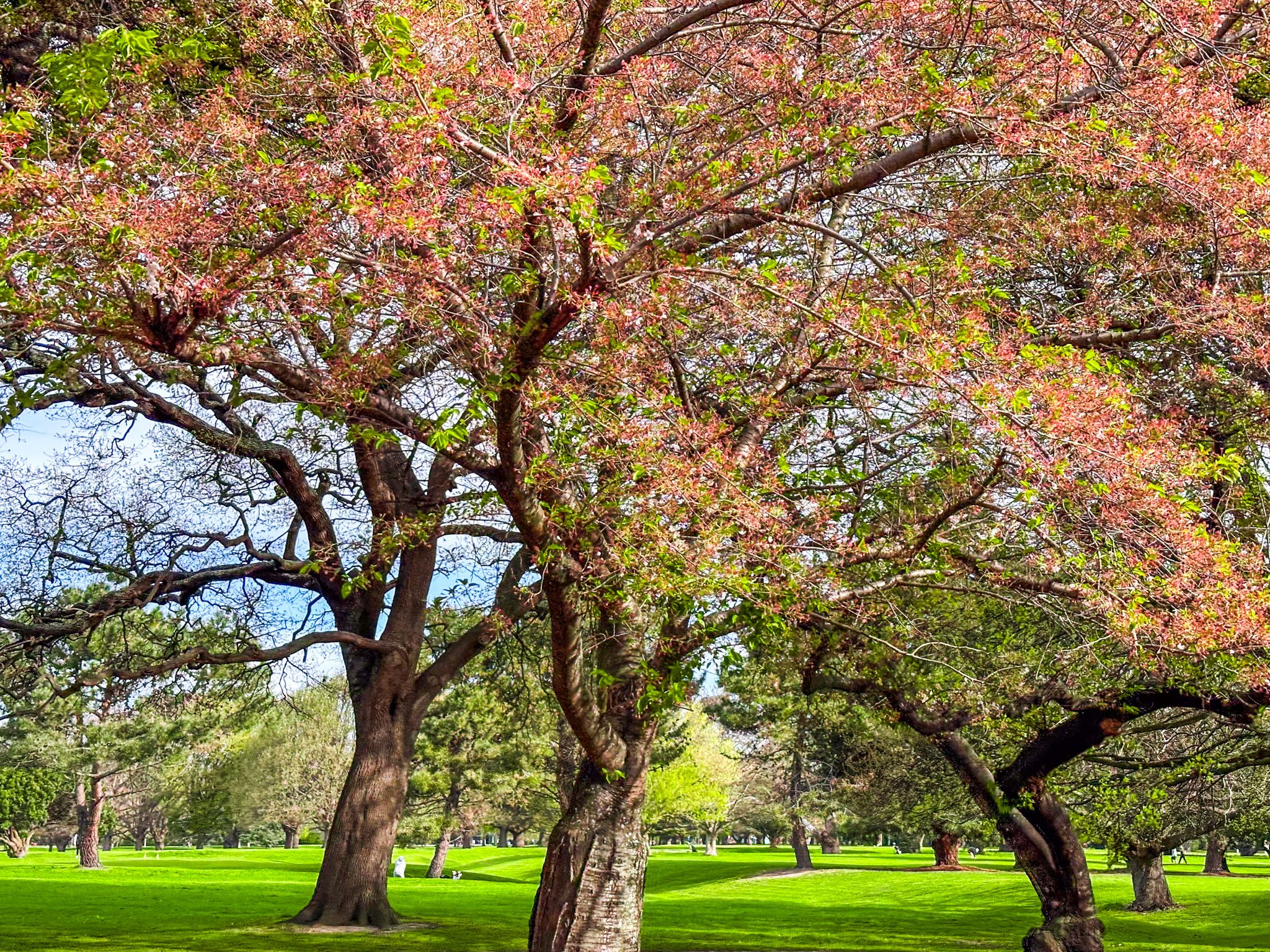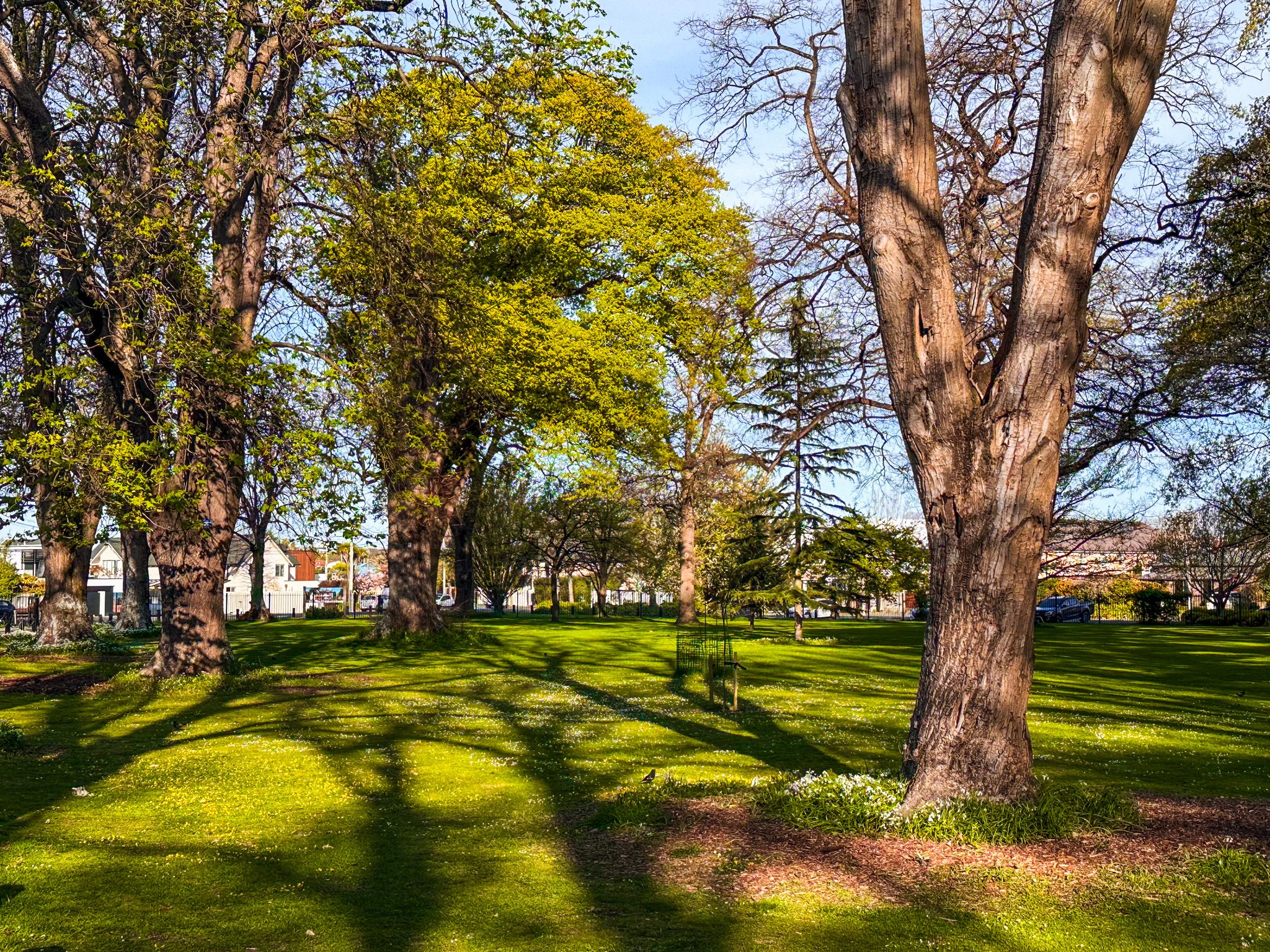Christchurch / Ōtautahi: A City of Renewal
Christchurch / Ōtautahi, the largest city in the South Island and the second largest in New Zealand, is located in Canterbury on the Pacific Coast. With a population of 400,000, it sits at the southern end of Pegasus Bay, northwest of the ancient volcanoes of Banks Peninsula. Known for its excellent surf beaches and the Estuary of the Heathcote and Avon Rivers / Ihuai, Christchurch offers a unique blend of natural beauty and urban charm. The city is largely flat, except for the Port Hills, which form the northwest rim of the Lyttelton Harbour volcano.
A City Rebuilt from Tragedy
Christchurch is often associated with the significant earthquakes of the 2010s and the tragic terrorist attack of 2019. The February 2011 earthquake was particularly devastating, resulting in 185 deaths and the abandonment of entire suburbs along the Avon River / Ōtākaro as red zones due to ground liquefaction. Despite these challenges, Christchurch has emerged as an extraordinary destination, with a focus on renewal and resilience.
The Garden City and Its Green Spaces
Historically known as the "Garden City," Christchurch was modelled after English cities with a focus on Gothic revival architecture. Although many buildings were damaged or destroyed by the earthquakes, the city's reconstruction has enhanced its reputation as a garden haven. The Avon River / Ōtākoro, winding through the city centre, is a highlight, with upgraded urban parks along its banks. The west side of the central city features expansive green spaces, including the Botanic Gardens and Hagley Park. The red zone river suburbs have been transformed into parkland, offering walkable and bikeable routes from the central city to New Brighton on the coast.
Historical and Cultural Roots
The name "Christchurch" likely derives from Christ Church in Oxford, reflecting the Anglican roots of the colonial Canterbury Association. The association, an offshoot of the NZ Company, purchased much of Canterbury from Ngāi Tahu in 1848, with the first settlers arriving in 1850. Māori have inhabited the area since 1250, with the Waitaha iwi, Kāti Māmoe, and later Ngāi Tahu establishing seasonal settlements. The area, once a coastal wetland, was transformed by European settlers, with Riccarton Bush remaining as the last wetland forest.
Architectural Heritage
The first successful European settlement was established by the Deans brothers in 1843. The city's design and architecture reflect its Anglican heritage, with Gothic revival buildings by provincial architect Benjamin Mountfort. Notable structures include Canterbury University College, ChristChurch Cathedral, and the Canterbury Museum. Despite earthquake damage, many of these buildings have been repaired, contributing to Christchurch's blend of historical and modern architecture.
How to Get There
Christchurch is accessible via Christchurch International Airport, located about 12 kilometres northwest of the city centre. From the airport, you can reach the city by taxi, shuttle, or public bus. The city is well-connected by road, with State Highway 1 running north-south and State Highway 73 heading west to the Canterbury Plains, the Southern Alps, and Westland.
